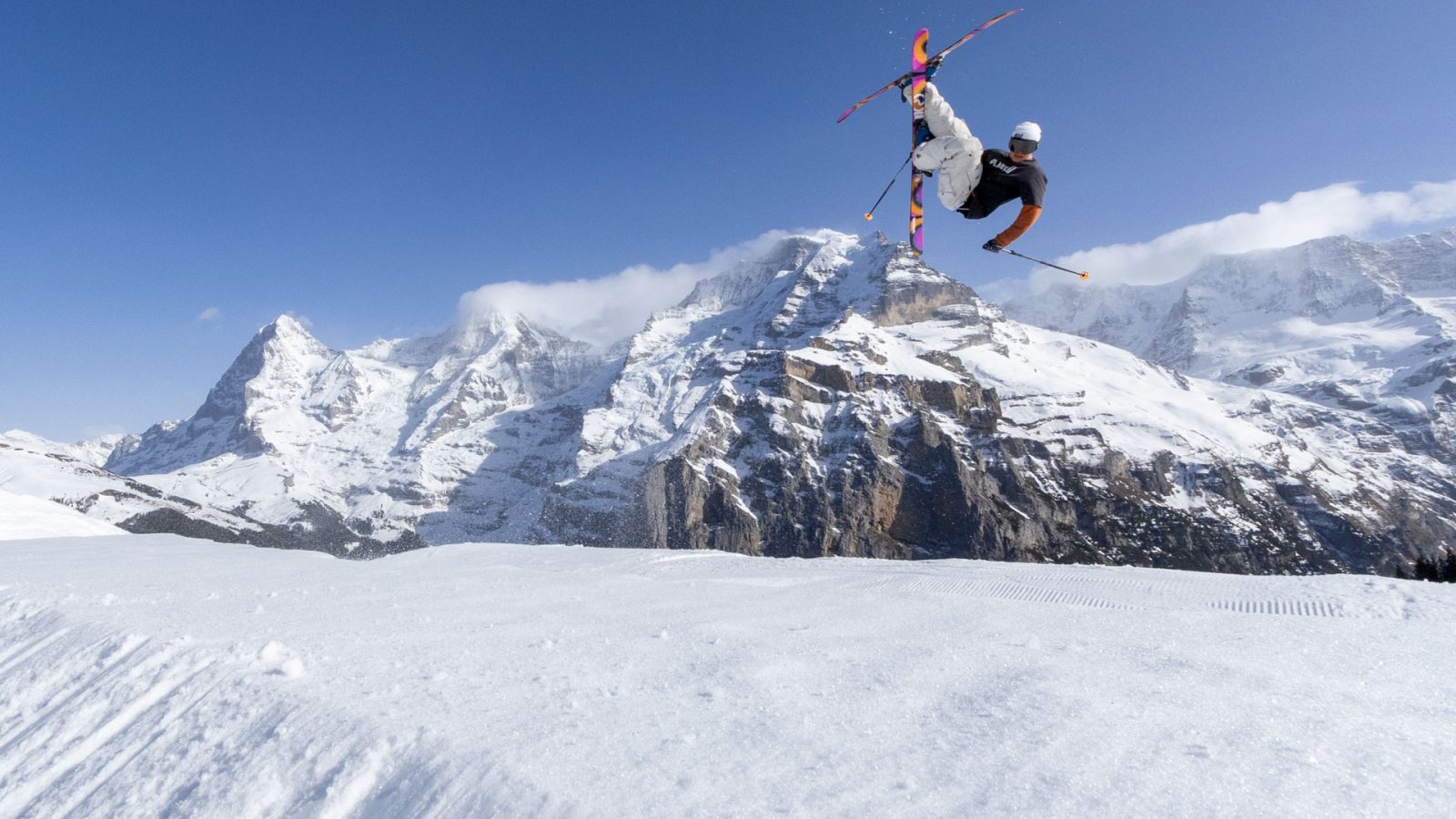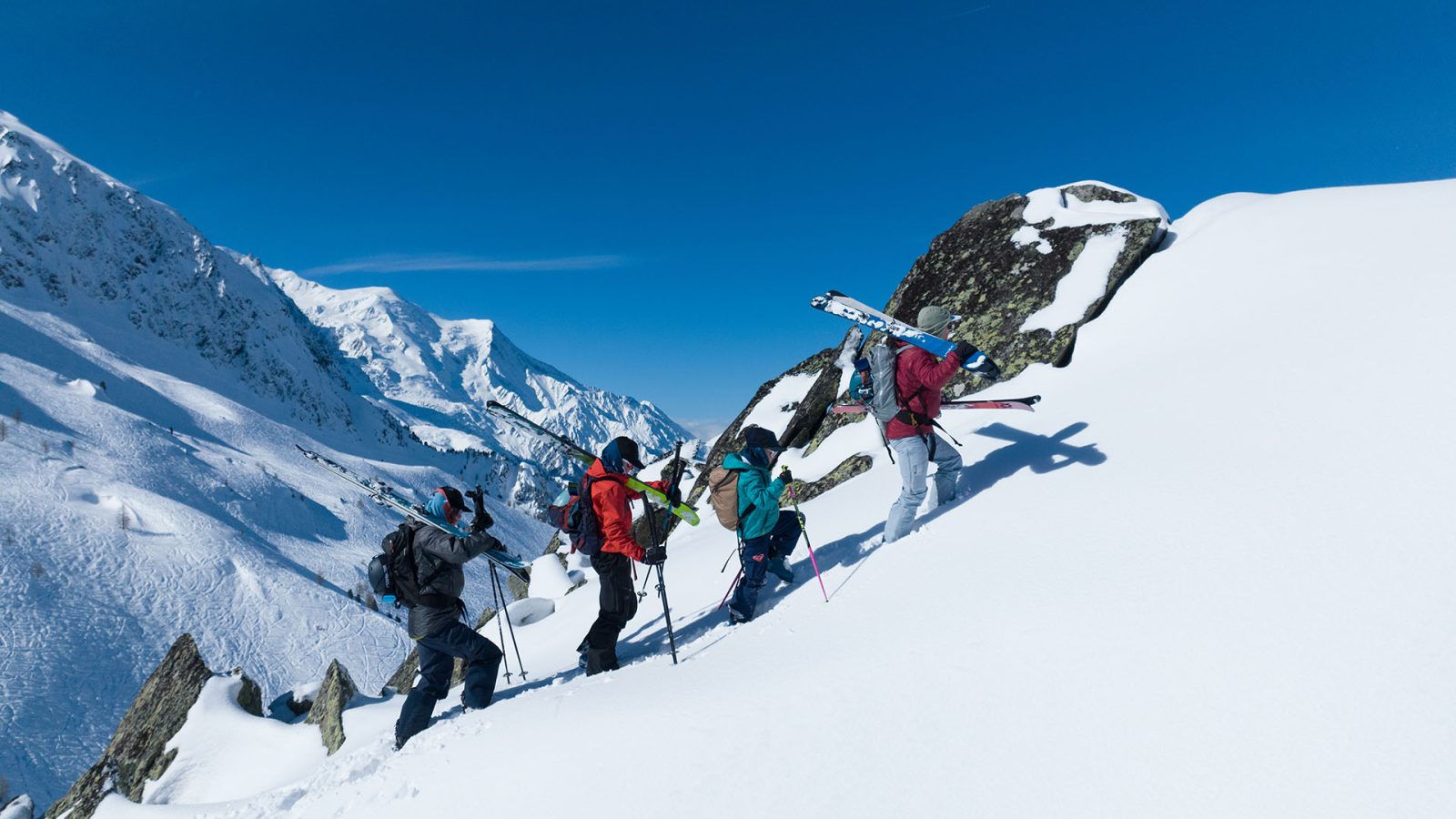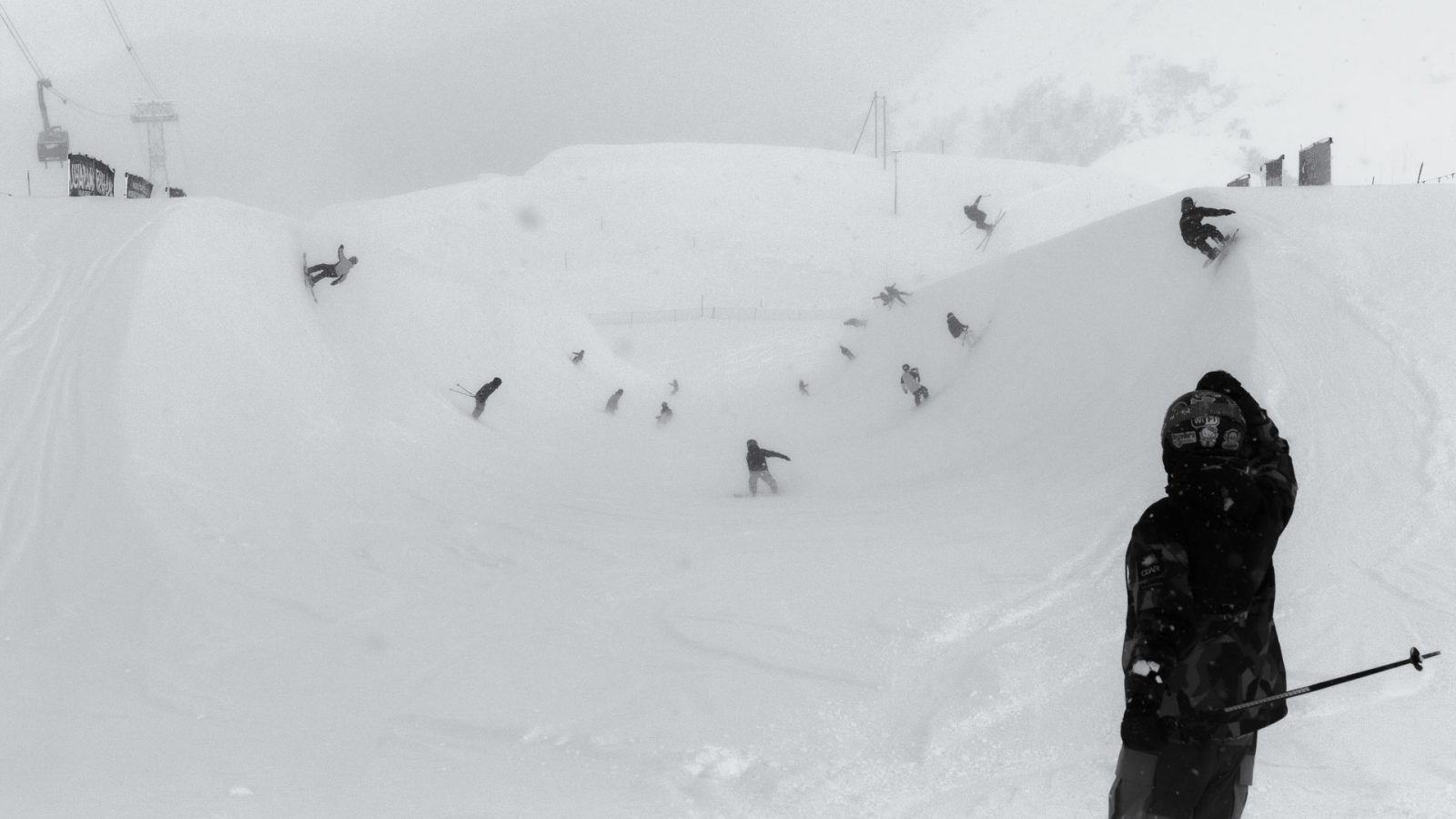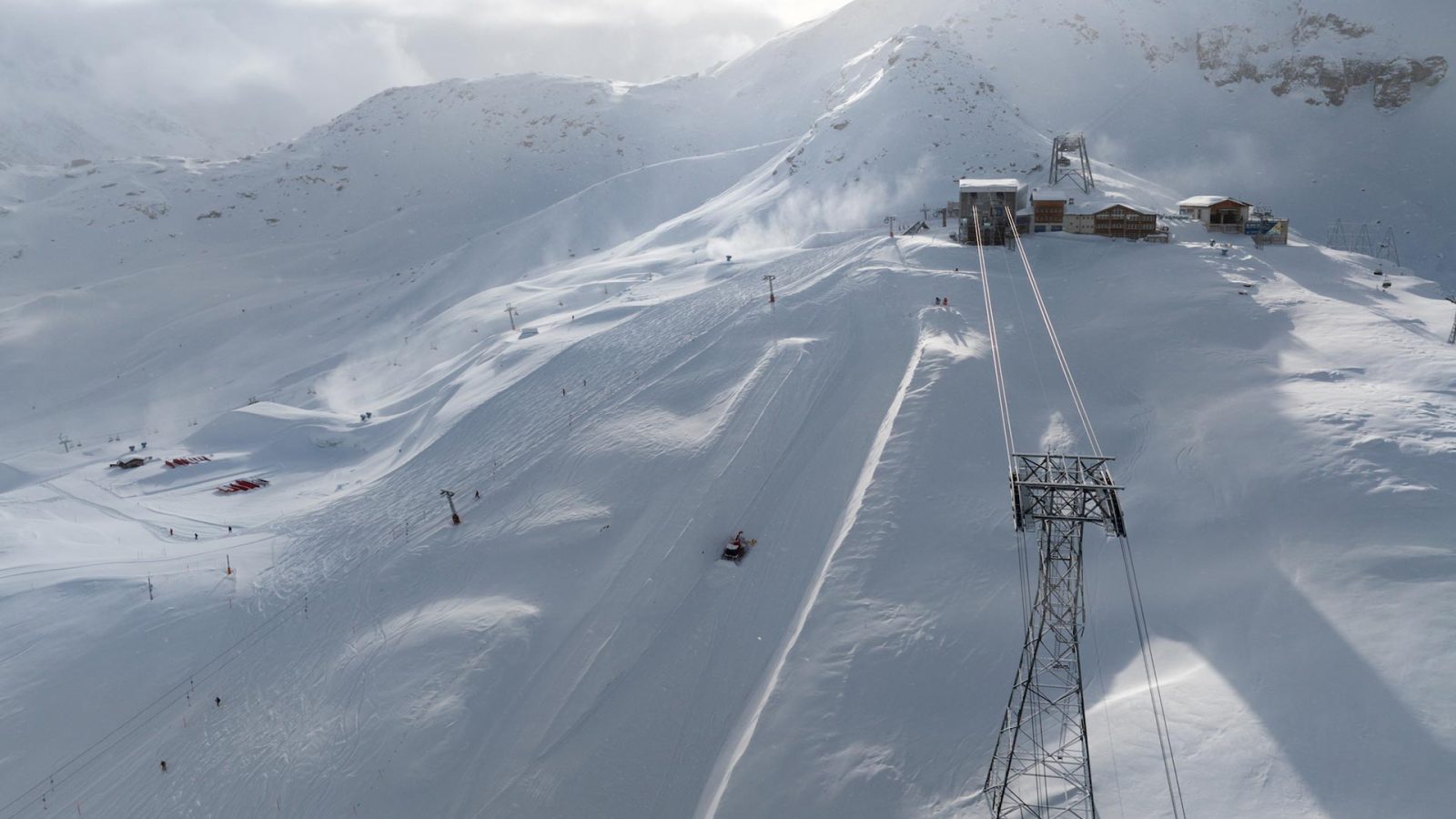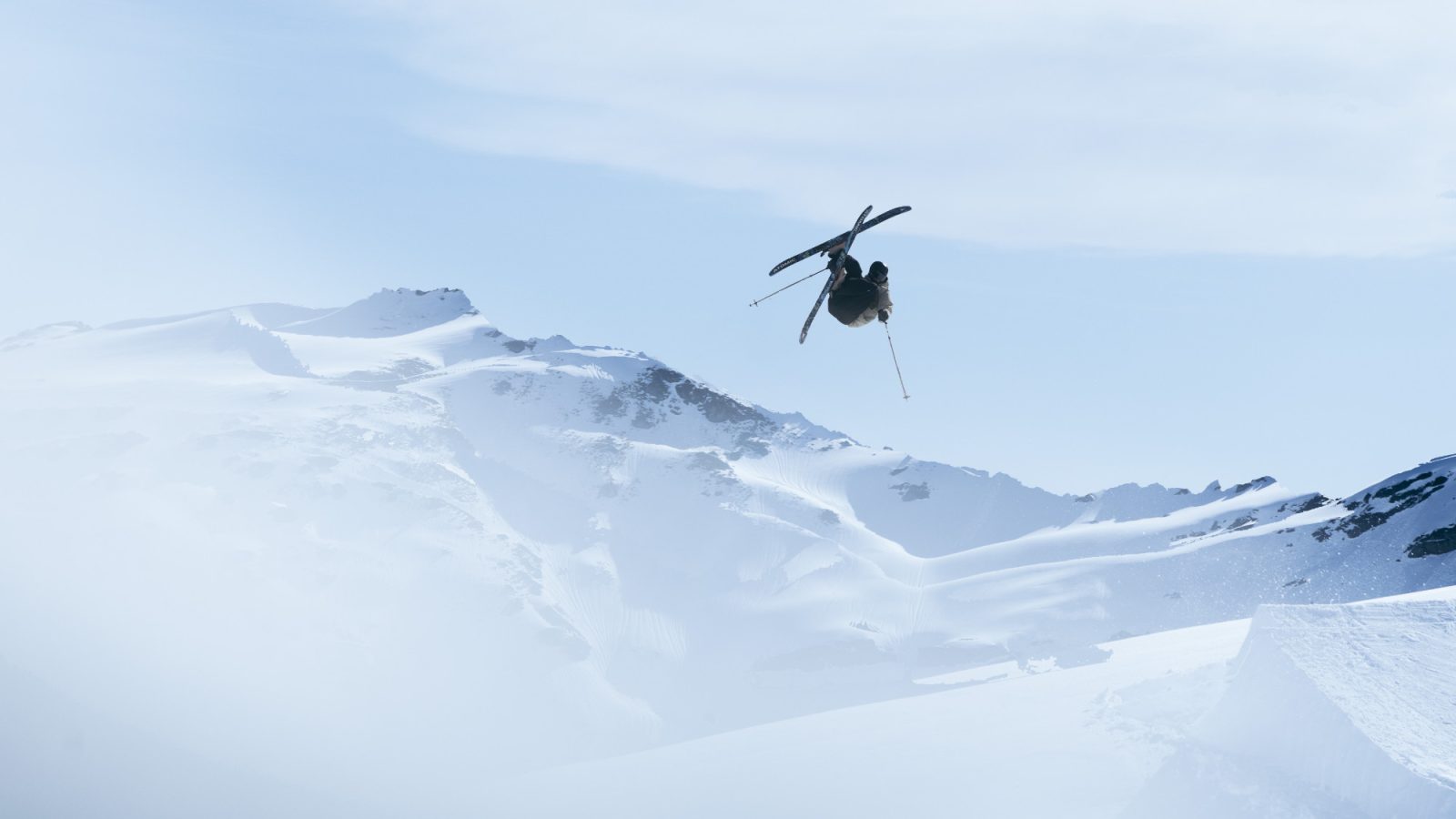The recent adoption of the Paris Agreement by the world’s governments has once again thrust climate change into the global media spotlight. But for skiers and other snow sports enthusiasts, it’s already old news: climate change is already affecting our way of life worldwide. With glaciers melting even more rapidly than expected and below-average winters becoming ever more frequent, our warming world presents an existential threat for the substance we’ve always taken for granted: snow.
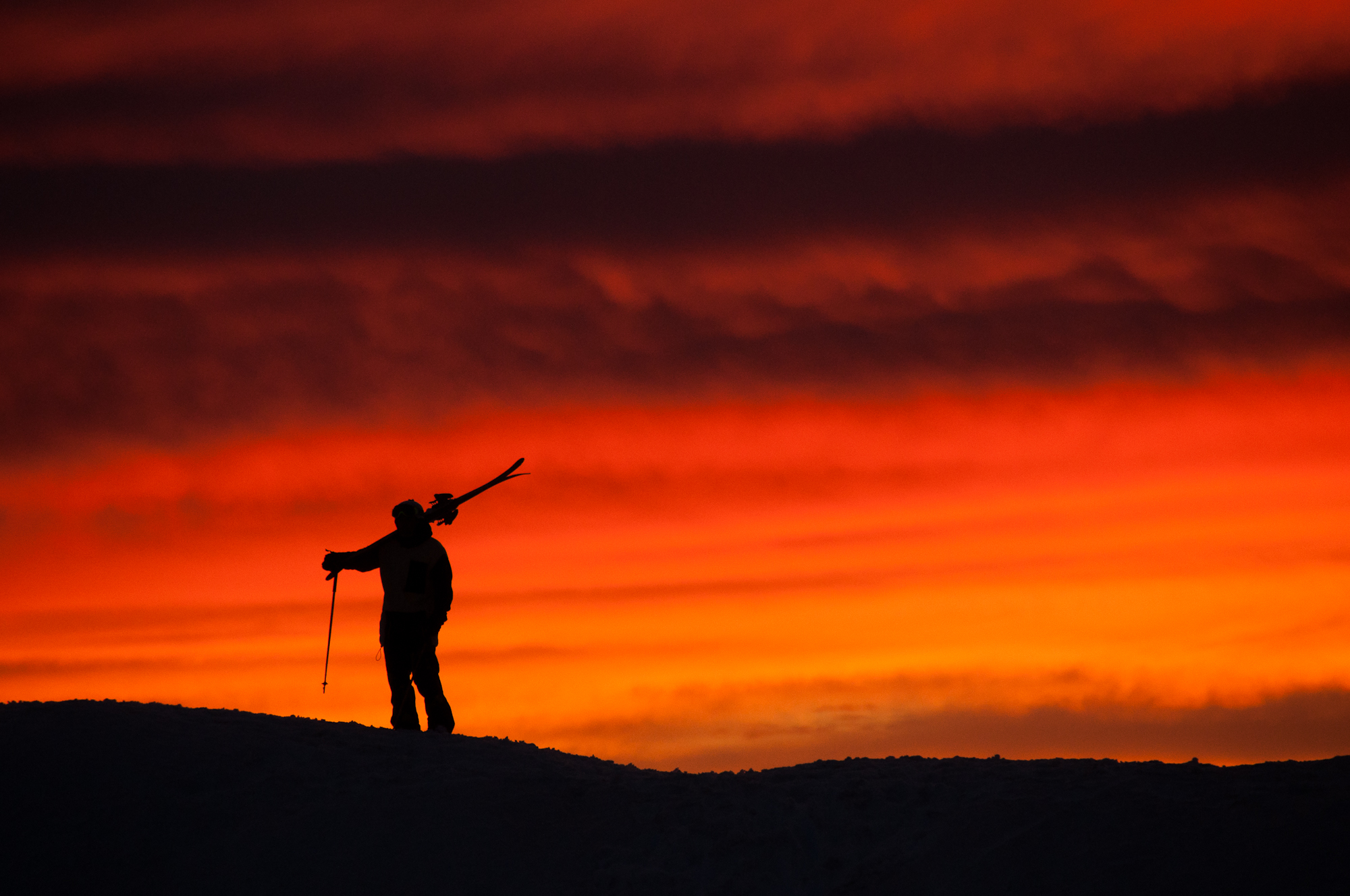
Stories
The Climate-Conscious Skier
The recent adoption of the Paris Agreement by the world’s governments has once again thrust climate change into the global media spotlight. But for skiers and other snow sports enthusiasts, it’s already old news: climate change is already affecting our way of life worldwide. With glaciers melting even more rapidly than expected and below-average winters becoming ever more frequent, our warming world presents an existential threat for the substance we’ve always taken for granted: snow.
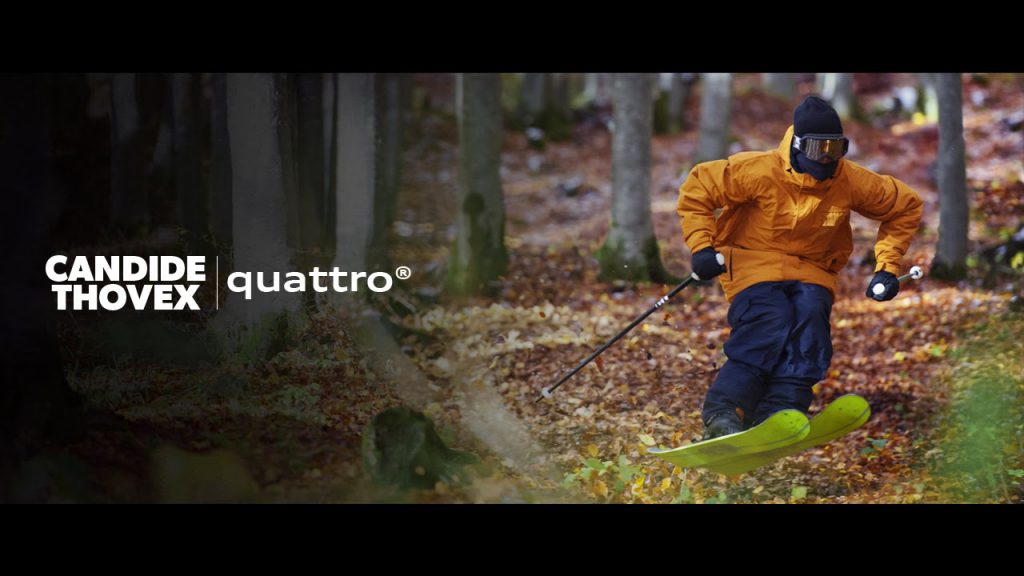
Seen the new Candide Thovex Audi ad yet? People always say that whatever Candide is doing is “the future of skiing.” In this case, he may be closer to the mark than we’d like to believe.
Porter Fox’s 2013 book Deep: The Story of Skiing and the Future of Snow is an essential resource for those wondering about the future of skiing, and describes how climate change is already affecting the sport. “In the U.S., the rate of winter warming has tripled since 1970,” he reports. “The problem is worse in the European Alps, where temperatures are rising three times faster than the global average.” Here’s another painful fact Fox has for European skiers in particular: “In the last 50 years, the amount of snow below 3,000 feet is down 40 percent and the freezing level has moved up 650 vertical feet.”
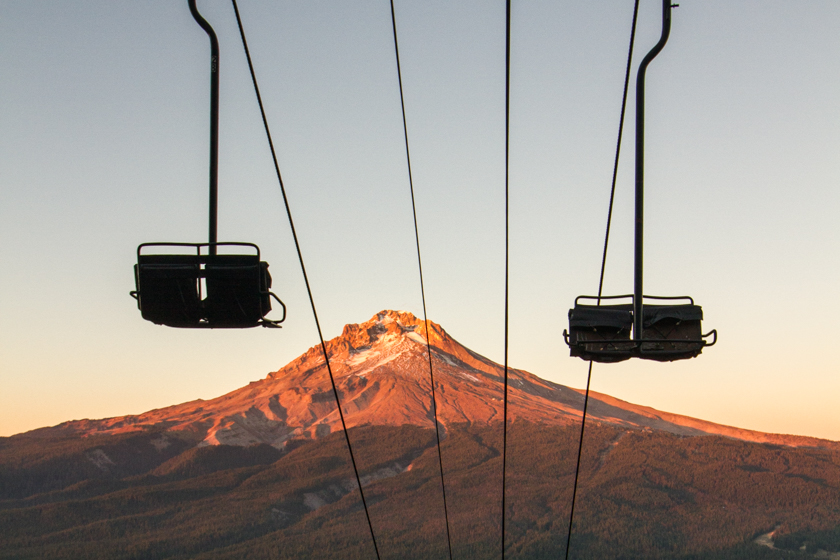
Summer skiing at Mt. Hood, Oregon closed five weeks early this year due to the lowest snow levels in over a decade.
The prospects don’t look any better for the foreseeable future. North America can expect to receive between 40 and 70 percent less snow by 2050, Fox reports, adding that if the current trend continues without drastic action to combat it, by the same year over half of European ski resorts may no longer be snow-secure or economically viable. As it stands, the ski resorts that will survive (for now) are those located above 2,000 meters and those with extensive snowmaking capacity.
“The possibility of no snow in mid-latitude regions—including all of Europe and much of the lower 48 by 2100—seems absurd to the ski community,” writes Fox. “Yet, as climate science evolves and warming continues, just such a fate is becoming more probable.”
In the Paris Agreement reached earlier this month, 195 world governments agreed to hold the average global increase in temperature to “well below” 2 degrees Celsius—an ambitious endeavor that will require colossal international effort and widespread popular support to have a chance of success. We’re already one degree C warmer now, with an additional increase of .6 degrees C predicted even if all greenhouse gas emissions were to cease immediately.
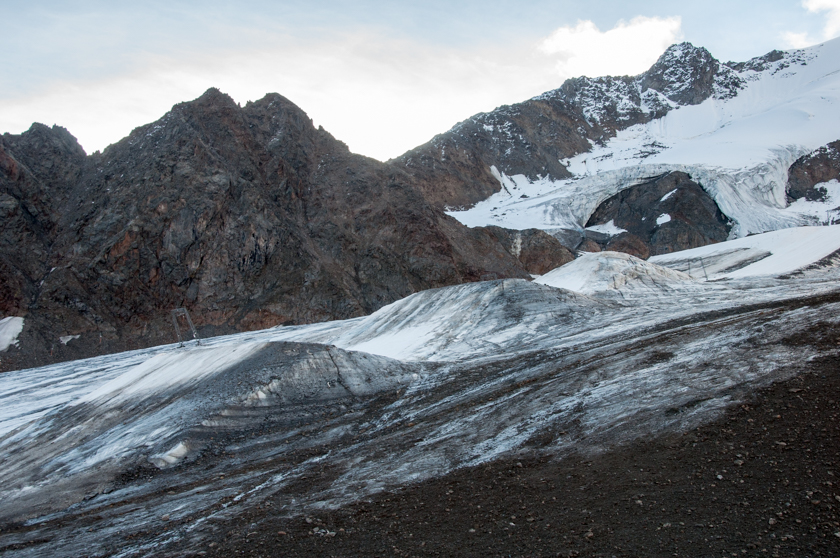
The Kaunertal Glacier in Austria on opening day in October 2014. This is the jump line.
Yet hope remains: a dedicated effort now to reduce manmade greenhouse gas emissions could curb drastic warming in the next century, holding global temperatures to a slight increase instead of the climate chaos that would result from unchecked warming, and preserving snow and skiing for generations to come.
The future of climate change will take place on a global scale, but that doesn’t mean that we as individuals and as communities are insignificant. There’s no better time to spread awareness of the problems that we face, and join the fight to save our snow.
Be The Change
One of the most challenging aspects of climate change is figuring out how we as individuals can contribute towards a solution. Well, here’s a little bonus: if you’re reading this right now, you’ve already taken an important step—awareness. The lack of knowledge about the imminent dangers of climate change is one of the single greatest factors holding back a decisive response. The more that we think about this, talk about it and consider it in our everyday lives, the more we’ll help contribute to change.
Another set of tools is political, social and economic action. You can cast your vote for the climate in elections, join a local environmental organization, or use your power as a consumer to support those companies that are making a difference.
When we think about our own effects on climate change, we’re confronted with a list of personal lifestyle changes to undertake: producing less waste, driving less, eating more local vegetables and less animal products, improving the efficiency of our homes, seeking alternatives to petrochemical transportation and products, and so on. You can use a carbon footprint calculator like this one to get an idea of where you can make personal improvements.
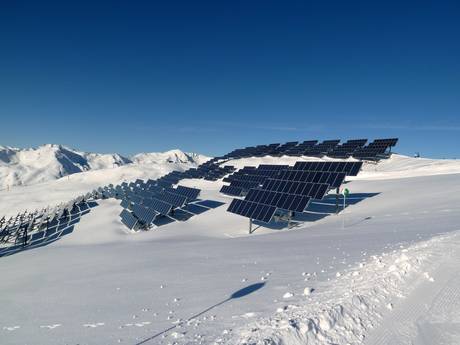
Did you know? Austria’s Wildkogel Arena produces 75% of its own power with an on-slope solar installation. Photo: Skiresort.de
Since this article is about being a climate-conscious skier, I can certainly mention limiting your gas-fueled travel to and from the mountain, using public transportation or carpooling with an efficient vehicle; buying durable, long-lasting, sustainably-sourced products that result in less waste; supporting eco-minded ski resorts that produce much or all of their power from renewable sources; ditching the resorts altogether, and going touring or jibbing in the streets and hills…
These are all important things for us to consider, but the truth is that the future of climate change hinges on larger system changes—in energy, industry, agriculture and government—whose influence far outweighs our individual carbon-footprint improvements. Reevaluating our own personal habits is an important step, but spreading awareness and advocating change on a higher level can have a much greater effect.
Awareness and political action: these are concrete steps we as individuals can take to magnify our influence. Awareness is the easier of the two: pay attention to climate news and discuss it with friends and family. Check out leading climate resources like NASA. Learn more about the science behind man-made global warming.
Political action can be a more difficult challenge, but we can always vote for candidates and parties with climate-action platforms, take part in local rallies and events, and support organizations that are lobbying for climate legislation. 350.org is a great place to start to find out what’s going on in your area.
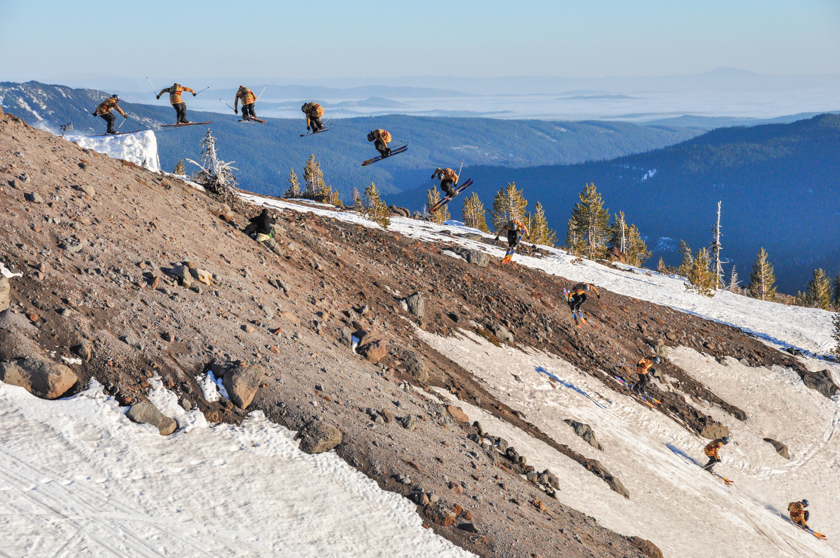
Features like this may become a lot more common. Josh Larkin makes the most of a low-snow year at Mt. Hood in 2014.
POW—Protect Our Winters—has established itself as the leading voice of climate advocacy for the winter sports community. Founded in 2007 by snowboarding legend Jeremy Jones, POW’s goal is to mobilize the tens of millions of winter sports enthusiasts worldwide to take action against climate change. Supporting an organization like POW, which has recently expanded with chapters in Austria and France, adds your voice to the collective effort.
“The reality is, people living and recreating in the mountains—similar to polar bears and vintners—will soon be among the first to see climate change radically alter their world,” writes Fox. “They are the canaries in the coal mine. What advocates trying to save snow are hoping is that, as an affluent, influential and international community 65 million strong, snow sports enthusiasts are incentivized enough by what they see to become one of the first major civilian sectors to do something about it.”
You also don’t have to be out there touring on wooden skis and crunching on homemade granola to be a climate-conscious skier. Being aware and being active are great first steps towards contributing to a future that still has snow and skiing in it. As the fight to save snow moves forward, we’ll continue to keep you updated on the changing future of snow and what we can do to help save it.
